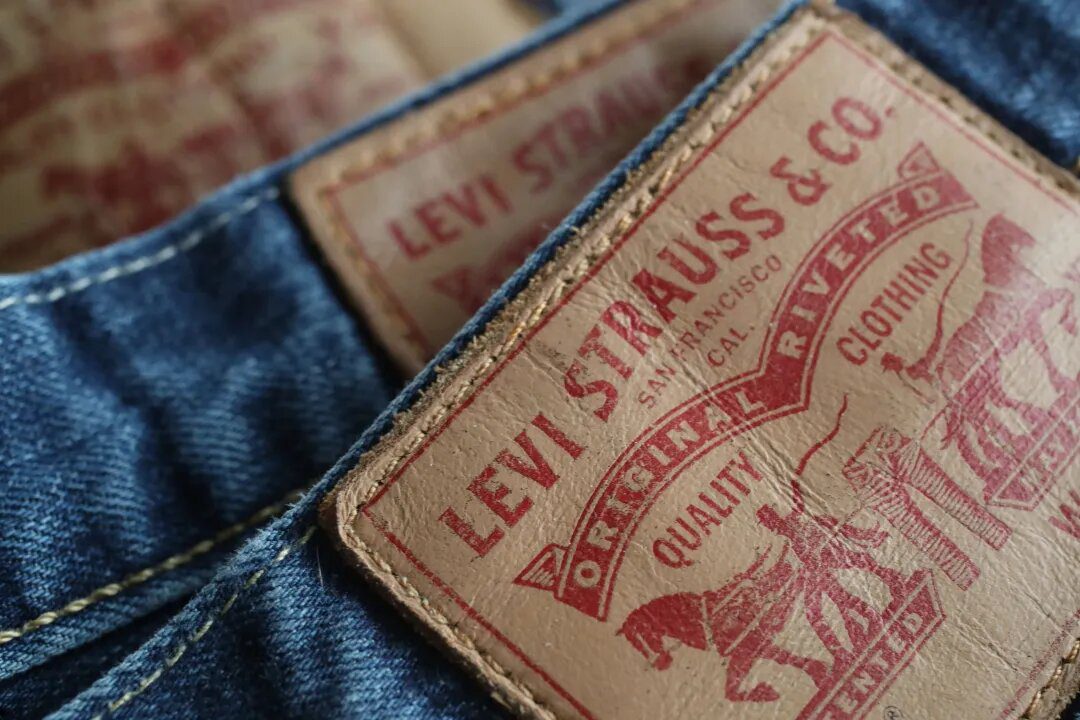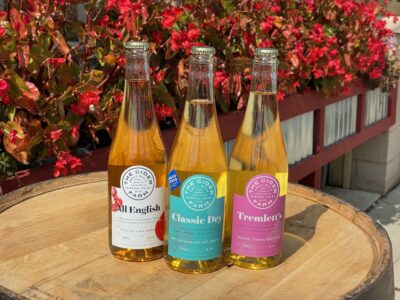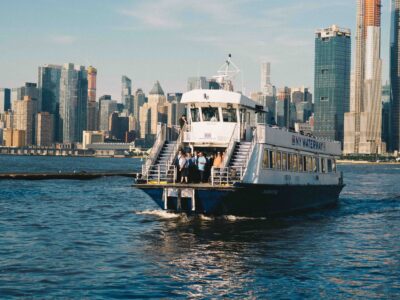(Bloomberg) —
The garment industry is infamous for wasting water. One of its biggest names is now using a more rigorous method to tackle the problem in the far reaches of its supply chain. Levi Strauss & Co. has been forced to address water scarcity more aggressively than most, thanks to the great thirst of the jeans-making process. In the journey from cotton field to factory to closet, a single pair of jeans has been known to consume up to 3,800 liters of water. Not a good look for a consumer-facing brand.
As part of a wider water-saving effort, the San Francisco-based company, which invented blue jeans in 1873, has become an early pioneer of a method known drily as “contextual water targets.” The idea is that saving a liter of water where it’s plentiful is less important than saving a liter where it’s scarce. It means Levi Strauss must move more forcefully to curb water use at its Egyptian factories, say, than its US plants, even though saving water in the US may be easier to achieve.
Water scarcity is appearing across the world. The Colorado River is drying up, rainfall levels plunged in China’s Yunnan province this January, and scientists are predicting another ruinous drought for Europe this summer. As the planet warms and populations grow, the United Nations expects a 40% shortfall in the world’s water supply just seven years from now.
That grim outcome will directly affect billions of people. It will also challenge a swath of industries. About three quarters of publicly traded companies say they are exposed to water risk that could significantly alter their business.
For a multinational, the first step is to identify where in its vast, far-flung supply chain the danger lurks. It must then find smart ways to curb water use without hurting production targets. Finally, it has to ensure that the local water supply — often down to the nearest basin — will continue to flow for decades to come.
To set local water targets for scores of suppliers, Levi Strauss first maps the locations of its mills and factories against the World Resources Institute’s Aqueduct Water Risk Atlas. By doing this every two years, it can keep tabs on which local suppliers face the greatest water stress. The most vulnerable facilities are then pushed to innovate by reusing water during production, or by devising new, low-water finishes. The idea took a while to percolate.
“Whenever an idea is radical, it takes time to change the mindset,” says Jennifer DuBuisson, Levi Strauss’s s senior director of sustainability. “But once facilities realized these techniques weren’t only saving water, they’re saving money, people quickly came on board.”
Levi Strauss decided to avoid being overly prescriptive. It yielded 20 new water-saving techniques, some of which were broached at a mill or factory and which the C-suite hadn’t considered.
One idea was to ditch the use of detergents and instead use a thimble of water and ozone gas. Another was to soften jeans by tumbling them with bottle caps and golf balls, instead of using fabric softener and water. A third, used at a South African facility, was to create a stone-washed finish using artificial pumice stones (good for 3,000 washes) instead of traditional pumice, which is good for only three. This was less to save water and more to avoid the pollution impacts from mining materials like pumice. The company says it also pushed to reuse and recycle water, a major source of savings.
Many clothing companies are shrinking their water footprint using established methods, such as growing cotton with regenerative agriculture, recycling waste water, and changing dyeing chemicals. But because many companies give each factory in the supply chain the same target — to cut water use 20% over five years, say, — there’s little nuance to the process. It’s taken time for companies to consider the context.
H&M, the world’s second largest apparel company, has teamed up with the World Wildlife Fund, and is rolling out contextual water targets to 1,100 suppliers in 24 countries. Another WWF partner, Ralph Lauren, is setting similar targets “in priority water-stressed locations” with the aim of cutting water use at least 20% by 2025.
Levi Strauss wants all key mills and factories, representing 80% of production volume, to meet contextual water targets by 2025. Its broader goal is to halve water use in areas of high water stress over the same period. So far, the jeans maker has cut water use by 22% against a 2018 baseline. Levi Strauss still has work to do.
But even contextual targets have shortcomings. A more precise measure is the science-based target, or SBT. Such goals are based on hydrological data and lay out the quantity and quality thresholds required to make a freshwater basin sustainable. It can more narrowly define what an individual company must do to improve a local water system.
“Contextual targets represent a concrete starting point for businesses seeking to take the first step towards water SBTs,” says the WWF.
Currently there is no globally agreed methodology to establish SBTs for water, although a group called Science Based Targets Network has set out initial guidance. The network has said it plans to release the first SBTs for nature in early 2023, “which will include initial target-setting resources on freshwater as well as land.”
To contact the author of this story:
Gautam Naik in London at gnaik8@bloomberg.net
© 2023 Bloomberg L.P.





